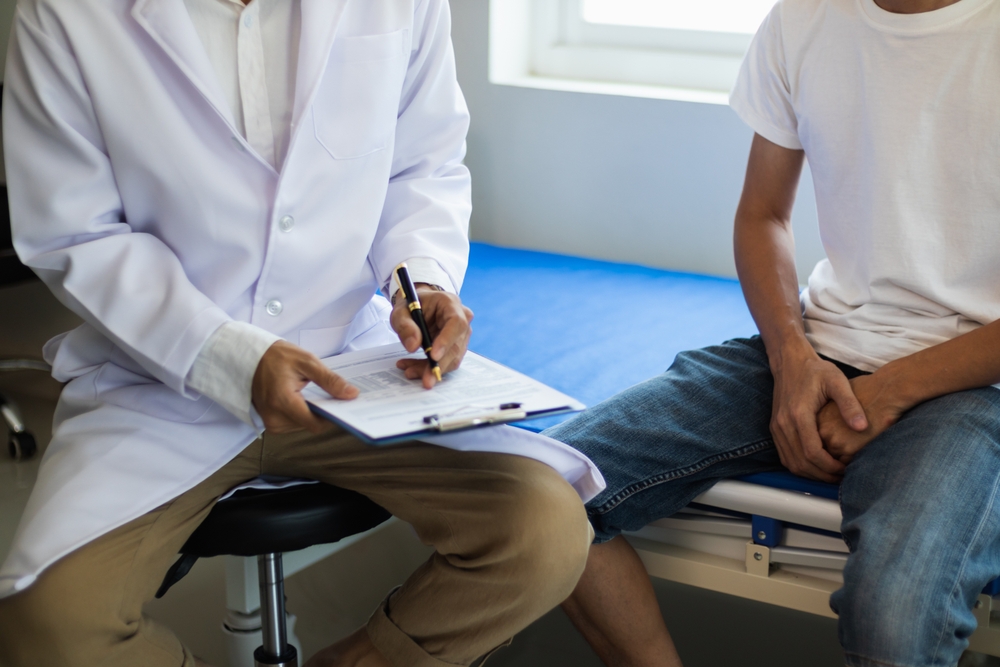
Hydrocele frequently occurs in newborns but can also affect men of all ages. Unilateral hydrocelectomy is crucial for preserving the affected testis and maintaining its function.
A hydrocele is an abnormal accumulation of fluid between the layers of the sac that surrounds the testicles. This fluid causes swelling and a feeling of fullness in the scrotum. Hydroceles can be unilateral, affecting only one side of the scrotum, or bilateral, affecting both sides.
The symptoms of a hydrocele include:
The exact cause of a hydrocele is not always known, but several risk factors include:
Congenital Abnormalities: Some infants are born with abnormalities in the sac surrounding the testicles, leading to fluid accumulation.
A hydrocele is diagnosed through a physical examination and imaging tests. During the physical exam, the doctor checks for swelling and fullness in the scrotum. Imaging tests such as ultrasound and MRI are used to evaluate the amount of fluid in the scrotum and the condition of the testicles. Ultrasound is commonly used to assess the fluid and testicular health, while MRI provides more detailed information and helps identify the cause of the hydrocele.
Treatment for a hydrocele depends on its size, the patient’s age, and overall health. Small and asymptomatic hydroceles often do not require treatment and may be regularly monitored by a doctor for any changes.
Large or symptomatic hydroceles are typically treated with surgical intervention known as hydrocelectomy. During this procedure, a small incision is made in the scrotum to drain the accumulated fluid, and the sac is then sealed to prevent fluid from reaccumulating.
Hydrocelectomy is usually performed under local anesthesia and takes about 30 minutes. Patients can often go home the same day.
Recovery after hydrocelectomy is generally quick. Most patients can return to normal activities within a week. Pain or discomfort after the procedure can be managed with prescribed pain medications. The risks and side effects of hydrocelectomy include:
For detailed information about the hydrocelectomy procedure, please contact EMPCLINICS.
You can typically resume sexual activity 2-4 weeks after the procedure, once the healing process is complete. If you experience discomfort, consult your doctor.
Swelling and bruising of the scrotum will decrease within a few weeks. Once fully healed, the scrotum will return to its normal appearance.
No. The procedure is performed under anesthesia, so there is no pain during the surgery. Post-surgery, mild pain and discomfort can be managed with painkillers.